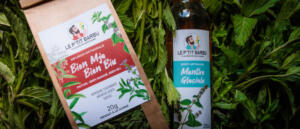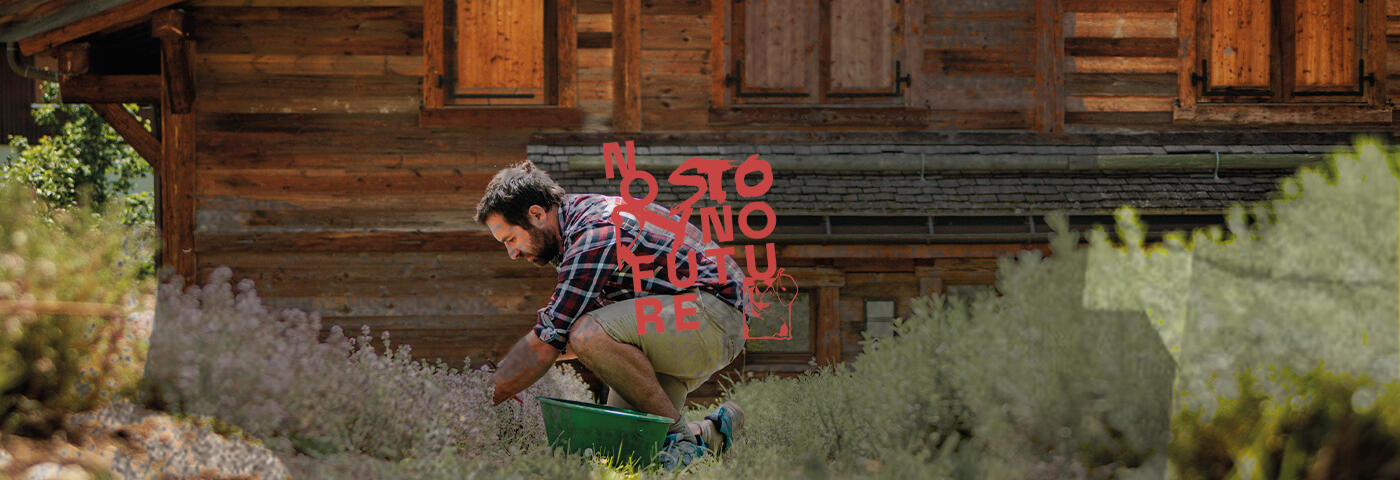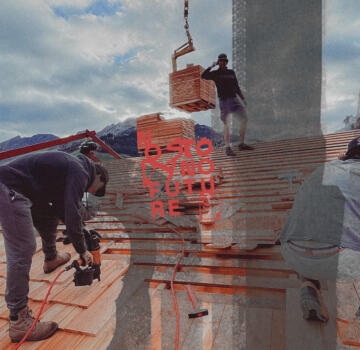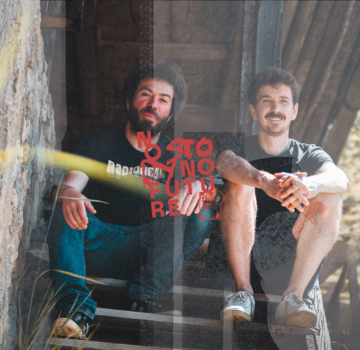Herbal teas, syrups, cookie mixes, flavored salts… All homemade and local. We followed Arthur at home, from picking ingredients to making the products. A behind-the-scenes look at Le P’tit Barbu in La Clusaz!
The culture
I created a growing field in La Clusaz to cultivate plants that don’t naturally grow in our mountains. In 2023, I planted around 900 plants that continue to grow year after year. On about 700m², there are around fifteen different species: from “Mediterranean” plants like lavender, thyme, and savory… to colorful flowers like cornflower, sunflower, marigold, mallow… and the essentials like mint, verbena, and sage. Each plant has its own specific needs, so you have to observe them and know how to respond. All the work in the field is done by hand. Some rows are mulched to reduce weeding and watering. The only fertilizer used is compost made from the weeds. The field is currently in the process of being converted to organic. It produces over a hundred kilos of fresh plants.
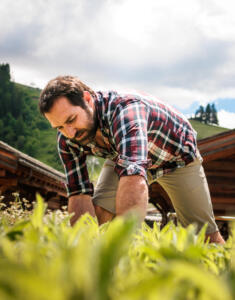
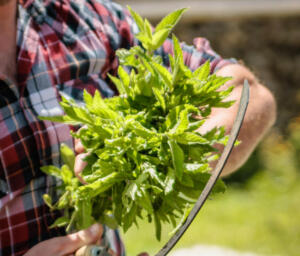
The harvesting
I also harvest around a hundred kilos of wild plants, spread across about ten different species in the Aravis mountain range. Even though nature and the environment around me offer a large amount of plants, the goal is to pick only what I need, while making sure to leave enough at each site to protect and support their regrowth the following year.
For example, I only pick part of the young spruce shoots so the tree can keep growing. Flowers also follow common-sense rules. I only harvest one out of three so the others can produce seeds and grow back the next year.
The processing
I renovated an old stable into a plant processing workshop. The centerpiece of this space is the drying room. Sized and built by hand, it allows the plants to be preserved for several years and used at any time. They are carefully laid out on trays, arranged inside a ventilated box. A dehumidifier removes the moisture from the plants while keeping their color and aroma.
Then comes the preparation stage: making the plant more presentable by giving it a little clean-up! We separate different parts of the plant depending on what we need—for example, sorting out leaves or petals for herbal teas. But nothing goes to waste: dry stems are used as fuel for the smoker, adding flavor to other products, especially the salt in my product range.
The plants are then stored in airtight containers, protected from light, humidity, and insects that could affect their quality.
All my products are made in this workshop. By hand, the herbal tea blends are prepared, then packaged and labeled. The syrups are infused and then bottled.
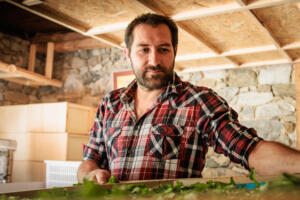
The products
Working with aromatic plants opens up many opportunities, whether in herbal medicine, cosmetics, or food. Personally, I only work in food because, as a lover of good flavors, I enjoy discovering new tastes with the different aromas of plants and creating new recipes.
My product range is varied: infusions, syrups, flavored salts, and herbs, which lets me offer something for everyone and every taste. The syrups let you discover the “natural” taste of plants and explore new flavors. Depending on the aromas I want, I work with either dried or fresh plants, letting them infuse for more or less time!
Finally, the salts will enhance and flavor all your dishes. One example is “L’Copa Boë,” a smoked salt with aromatic plants combined with the aromas of spruce and savory. This salt adds a special touch when tasting white tomme cheese.
Attached to the heritage of my region and village, all the product names are translated into the Savoyard dialect. For me, it’s a way to leave a mark and help people discover or rediscover this language, which is gradually being forgotten.
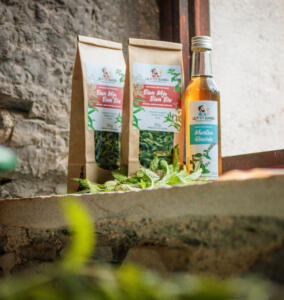
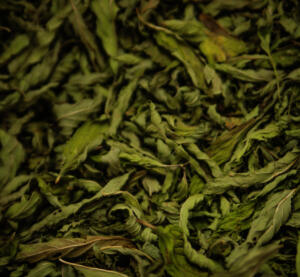
Herbal teas
L’Iver Aruve : Winter is coming
D’sé Pâ Mafi : I’m not tired
Bone Né Lou Ptyou : Good night, little ones
Bien Mja, Bien Biu : Well eaten, well drunk
Tizann’na des Aravis : Herbal tea from the Aravis
Flavored Salts
L’Copa Boë : The Woodcutter
L’Péchor : The Fisherman
L’Barzhi : The Shepherd
L’Orso : The Bear
